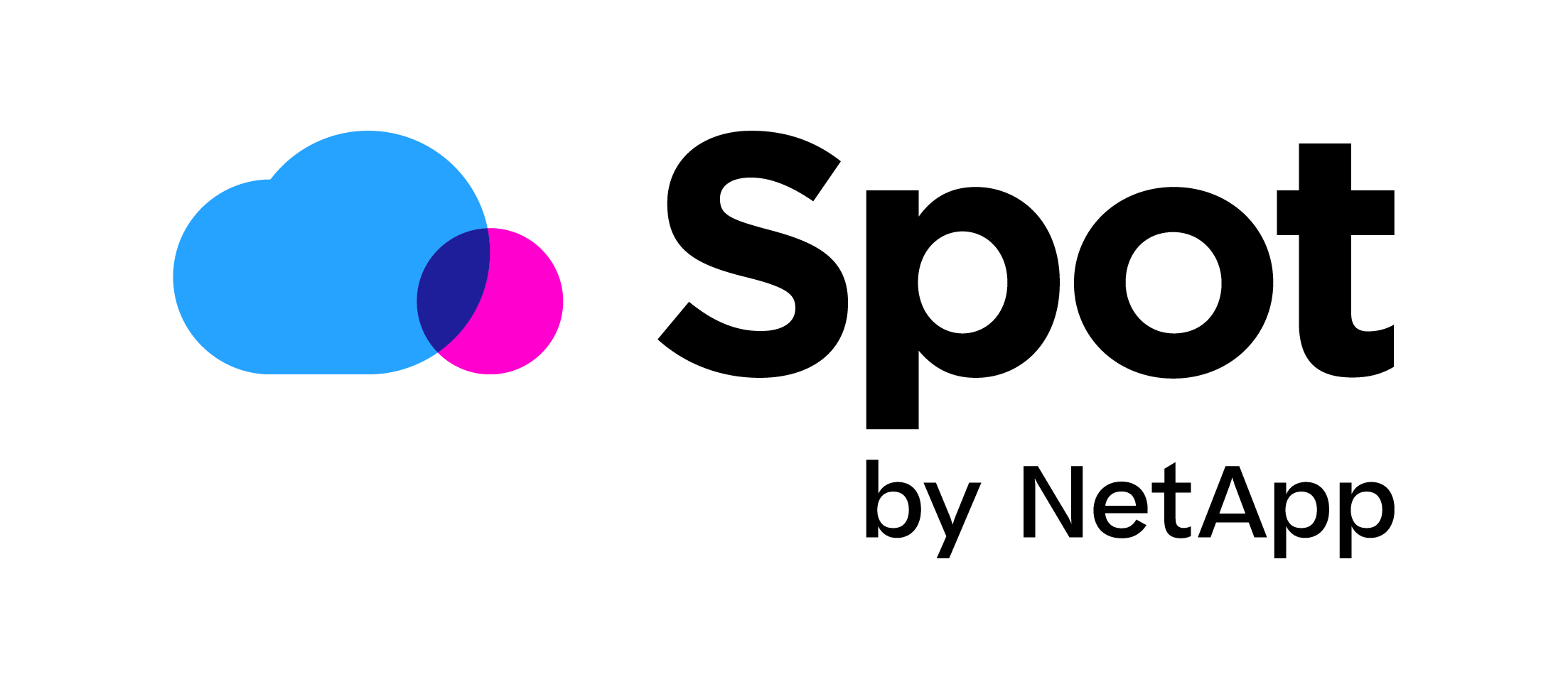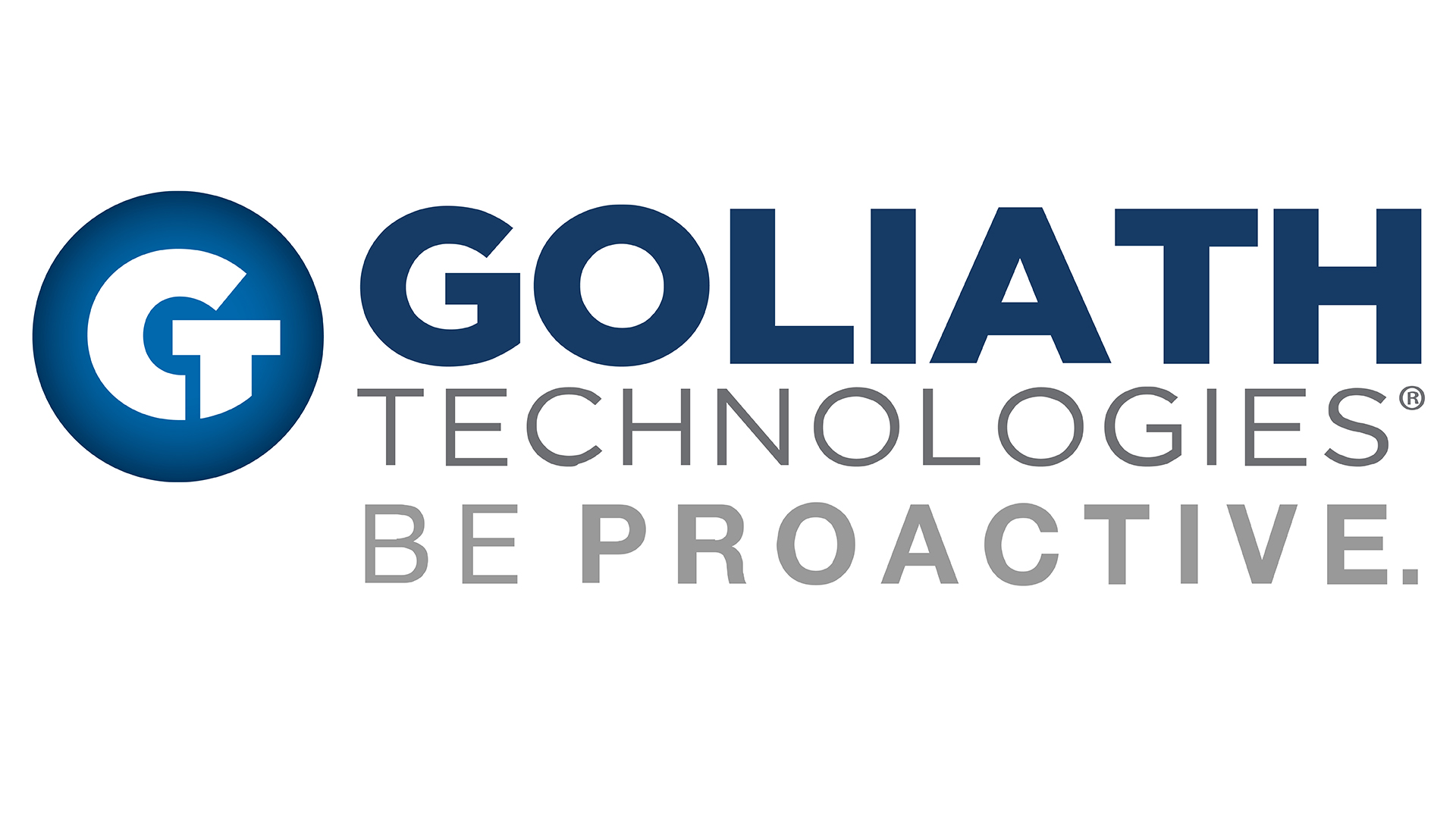How Low/No Code is going to save the EUC workspace
There is a common misconception in the End User Computing world: “We will get rid of legacy applications within a few years.” I hear this a lot from customers, and they tell me we are entirely moving to SAAS and won’t need a traditional workspace anymore. And we expect this to happen within a couple of years. But when I start asking the customer questions about their applications, it is usually pretty quickly apparent that they still have many legacy applications in use. And will keep in use for a long time to come. In this blog, we dive deeper into this problem and look at a solution. So, how can platforms like Microsoft PowerApps and Citrix Microapps help the EUC Workspace?
The problem?
First off, a short description of what is a legacy application? A legacy application is an application that requires the installation of an OS. We have two types of legacy applications; the first are stand-alone applications like a PDF reader that can be used locally on a user’s device. The second is client-server applications. These applications require a connection to a database or backend servers. These are the problem applications because IT wants to manage them centrally and doesn’t want the data connections going through the internet.
An excellent example of the problem is a customer that handed out laptops with Office 365 to all employees and then told them to use Microsoft Word locally. But because of government policy, they need to keep track of all documents through a document management system (DMS). This DMS required a connection to an on-premises backend server and Oracle. This means that even a “simple” application like Microsoft Word can’t be used on the customer laptops. And the users are now using these expensive laptops as thin-clients connecting to a traditionally published desktop. And we see more and more that the users don’t want to switch between the published desktop and their local device. They want one space where everything works.
Workspace portals, the solution?
At the start of 2018, I wrote a blog about the future workspace, and everything is going to be SAAS. In this blog, I showed the hybrid solutions to this problem. It is publishing your legacy application and presenting them next to local and SAAS applications in a Workspace portal. This works a lot better, and users are starting to use those expensive laptops. With the right workspace portal, you can do the best of both worlds. It’s letting users start a more CPU/GPU intensive workload like Microsoft Teams locally. But that application that still requires a backend or database connection gets to the user as a published app. Keeping the data safe and centralized and not directly exposed to the internet. Is the workspace portal like Citrix Workspace, VMware Workspace One, or Workspace 365 then THE solution? Well, it’s a big part of it, but there are still a few shortcomings. For instance, in 2021, an application should also work from a mobile device like an iPad or Android phone. And these days it is essential that application intergrade with each other and make your work more efficient, more comfortable and faster. If you ever tried using a Windows published application on a mobile device, you know how bad this works. And even some SAAS applications don’t scale to the small screen. How do we make the legacy application feel more like SAAS and integrate everything and make work more efficient wherever and on every device? This is where low/no-code can help!
How can low/no-code apps help?
There are two things we do with applications; consume or manipulate data through the GUI. With low/no-code platforms like Citrix Microapps and Microsoft PowerApps, we can create our own GUI for consuming or manipulating data. And the great thing is these GUI’s are running cloud-native and scale perfectly to a mobile platform like a phone. This allows you to let your users truly work everywhere and smarter. Say, for instance, you have an old legacy application with an SQL database. Now the users are using this application as a published application, costing you VM resources and licensing and a complete publishing environment to maintain. If you talked to the users, you would find that most of them often use the same function. Now imagine connecting that SQL database to a platform like Citrix Microapps. Then create Microapps that allow the users to do that function. This means that many users can do a task in the portal without starting the published application environment. This will decrease resource cost directly and make your users more productive. Especially when you also use features like notifications giving the user new data from an application without even opening the application or the Microapp.
Instead of waiting for the developer to create a SAAS application, you can make smart low/no-code apps that function like SAAS apps. And sometimes even better. Many SAAS applications have an API, but their GUI doesn’t scale to the small screen. You can use that API with a Micro/PowerApp and create something that scales better. This will boost the modern workspace and allows you to get rid of the published desktop for legacy applications quicker. The problem is apparent, and the solution is the Workspace portal and low/no-code apps to replace legacy applications. This will be a massive part of the future of the EUC workspace.
I hope this was informative. For questions or comments, you can always leave a reaction in the comment section or contact me:




